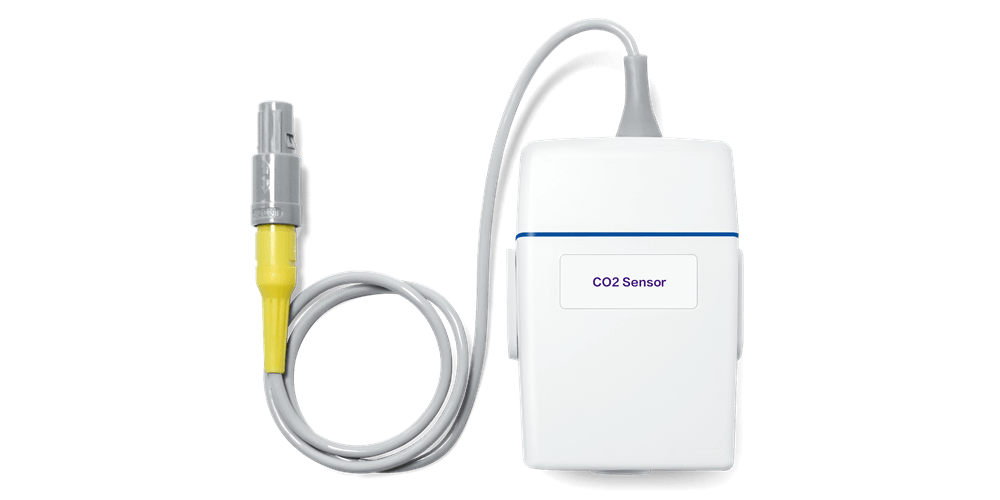Sidestream EtCO2 Monitoring: Advancing Anesthesia Safety and Efficacy
Sidestream EtCO2 Monitoring:
Advancing Anesthesia Safety and Efficacy
In the realm of modern medicine, ensuring patient safety and optimal outcomes during anesthesia procedures stands as a cornerstone of healthcare practice. Among the array of technological advancements enhancing anesthesia management, sidestream end-tidal carbon dioxide (EtCO2) monitoring has emerged as a pivotal tool. This blog aims to explore the significant role of sidestream EtCO2 monitoring in advancing anesthesia safety and efficacy.

The Importance of Continuous Monitoring in Anesthesia
Anesthesia administration requires meticulous monitoring of a patient's vital signs and physiological parameters throughout the procedure. This vigilance ensures patient safety by promptly detecting any deviations and enabling timely intervention. Sidestream EtCO2 monitoring contributes immensely to this critical aspect of anesthesia management.
How Sidestream EtCO2 Monitoring Enhances Safety
Sidestream EtCO2 monitoring involves measuring the concentration of carbon dioxide in exhaled air, offering real-time insights into a patient's respiratory status. During anesthesia, it serves as a reliable indicator of proper ventilation and the integrity of the airway. By continuously monitoring EtCO2 levels, this technology aids in:
- Verifying Endotracheal Tube Placement: Sidestream EtCO2 monitoring helps confirm correct endotracheal tube placement during intubation, ensuring the tube is positioned in the trachea and not the esophagus. This verification is crucial to prevent complications related to inadequate oxygenation.
- Detecting Changes in Ventilation: It provides immediate feedback on changes in a patient's ventilation, enabling anesthesia providers to promptly address hypoventilation or hyperventilation, thereby reducing the risk of adverse respiratory events.
Impact on Anesthesia Efficacy
The implementation of sidestream EtCO2 monitoring significantly improves the efficacy of anesthesia procedures. By offering continuous and reliable respiratory assessment, it empowers anesthesia providers to make informed decisions, ensuring the adequate delivery of anesthesia while maintaining patient safety.
Conclusion
Sidestream EtCO2 monitoring has transformed the landscape of anesthesia management. Its integration into standard anesthesia protocols signifies a pivotal advancement in ensuring patient safety and procedural efficacy. By providing real-time insights into a patient's respiratory status, this technology has become indispensable in anesthesia practice, paving the way for safer and more successful anesthesia procedures.
